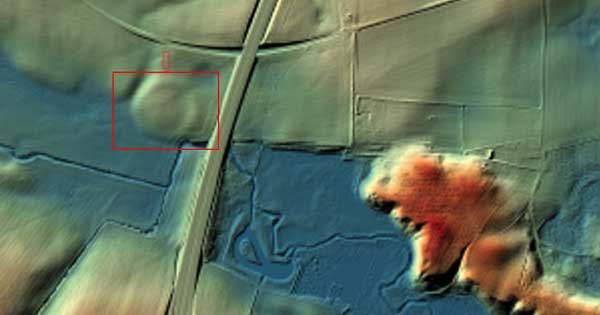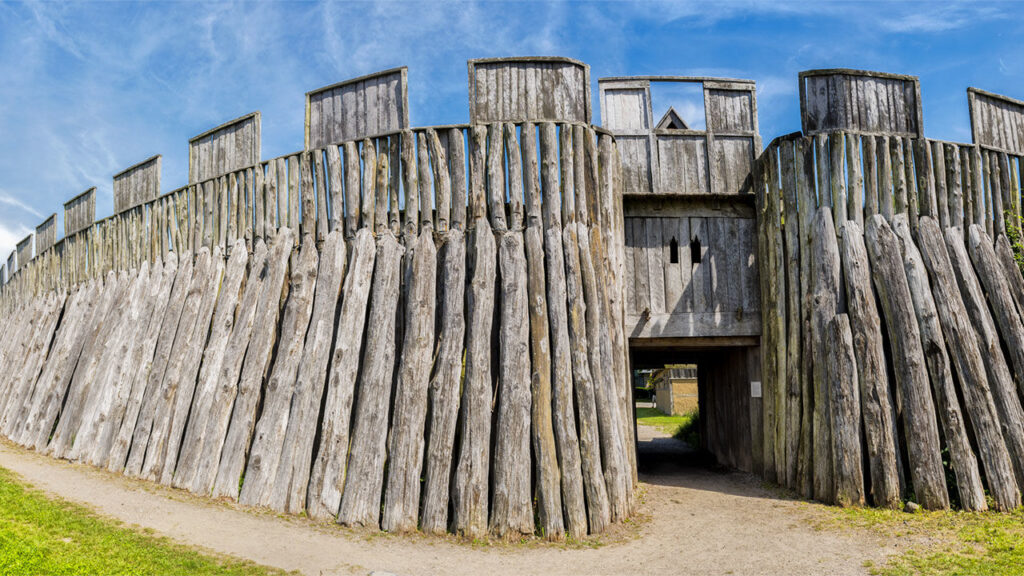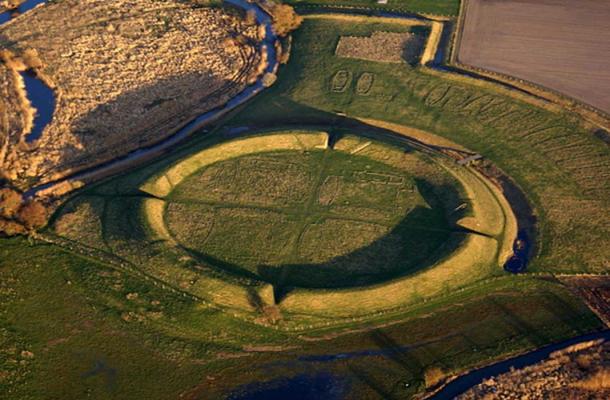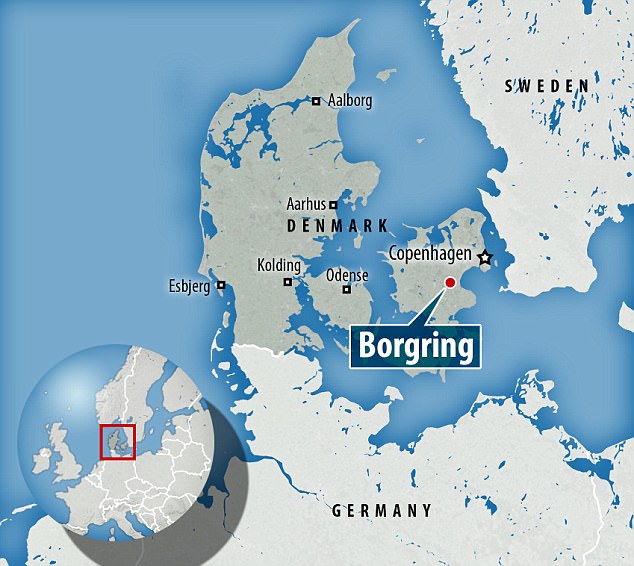Borgring: 1000-year-old Viking fortress uncovered in Denmark
In Borgring, Denmark, archaeologists have uncovered a nearly circular Danish ring fortress, dating from 975-980.
It is believed that the fortress was built during the reign of Harald Bluetooth – the Danish king, who also was credited with the country’s first unification.
In Denmark the Borgring Fortress was first discovered since 1953, and experts believe that there are many more to be identified around the country.

Researchers from Aarhus University discovered the fort using LiDAR technology, which revealed the tell-tale geometric outline of a ring fortress.
They then worked with experts from the University of York to use geophysics and radiocarbon dating of excavated timbers from a gateway to confirm the remarkable early medieval find.
Dr Helen Goodchild, who led the study, said: ‘After the LiDAR discovery, I was brought in to try and confirm that the site was indeed a ring fortress.
‘We’d had success at another Trelleborg site – Aggersborg – in the north of Jutland using fluxgate gradiometry, and so we hoped to get similar results here.
‘After trudging a distance of a marathon in grid formation collecting the data, I was delighted to see that the ramparts and even what looked to be some of the large structural timbers were showing in the results.’
The excavations confirmed the outline of the fortress, as mapped by the gradiometer survey. The front of the rampart (mound) was marked by a continuous line of postholes from a vertical cladding of sturdy, approximately 0.4–0.45 meter-wide timbers, forming a perfect circle with an outer diameter of 144 meters.

A few traces of timber constructions were also discovered by the researchers. At the outer face of the rampart, the team discovered the remains of an 70mm-thick charred plank, set about 0.4 metres into the soil and leaning at a slight angle.
At the opposite end of the section they found thin, horizontal traces of six planks, laid side by side along the inner face of the rampart, covering an area of around 0.9 metres.
Trelleborg-type fortresses were constructed in AD 975–980 by the famed Viking king Harald Bluetooth.
The fortresses represent a huge investment of resources and manpower and are considered to demonstrate Harald’s immense powers of organization and control, as well as a strategic vision to defend his Danish kingdom.

Ring fortresses are circular, and can measure up to 250 metres in diameter. They are thought to have been made in an attempt to build a defensive network similar to that introduced by the Anglo Saxons, who created fortified centres at semi-regular (approximately 30km) intervals from the ninth century AD.
The researchers now hope to use LiDAR technology to analyze other areas around Denmark and believe that there are more of these ring fortresses awaiting discovery.


In their paper, published in Antiquity, the researchers wrote: ‘The site offers the first chance in many years to investigate one of the most distinctive monument types of the Viking Age.
‘Such investigations may provide the most exciting new lines of evidence, and sustain a revised view of the Viking Age Trelleborg-type fortresses.
‘Rather than static architectural and military monuments, we should instead see them as dynamic moments in the high-stakes power games of the early Middle Ages.’